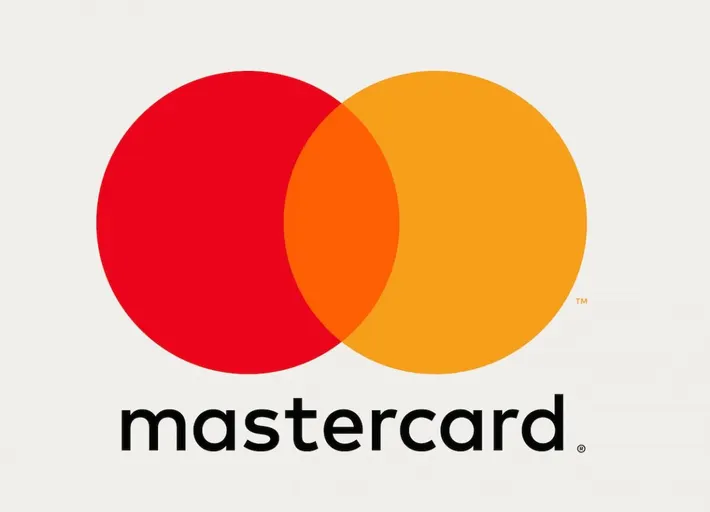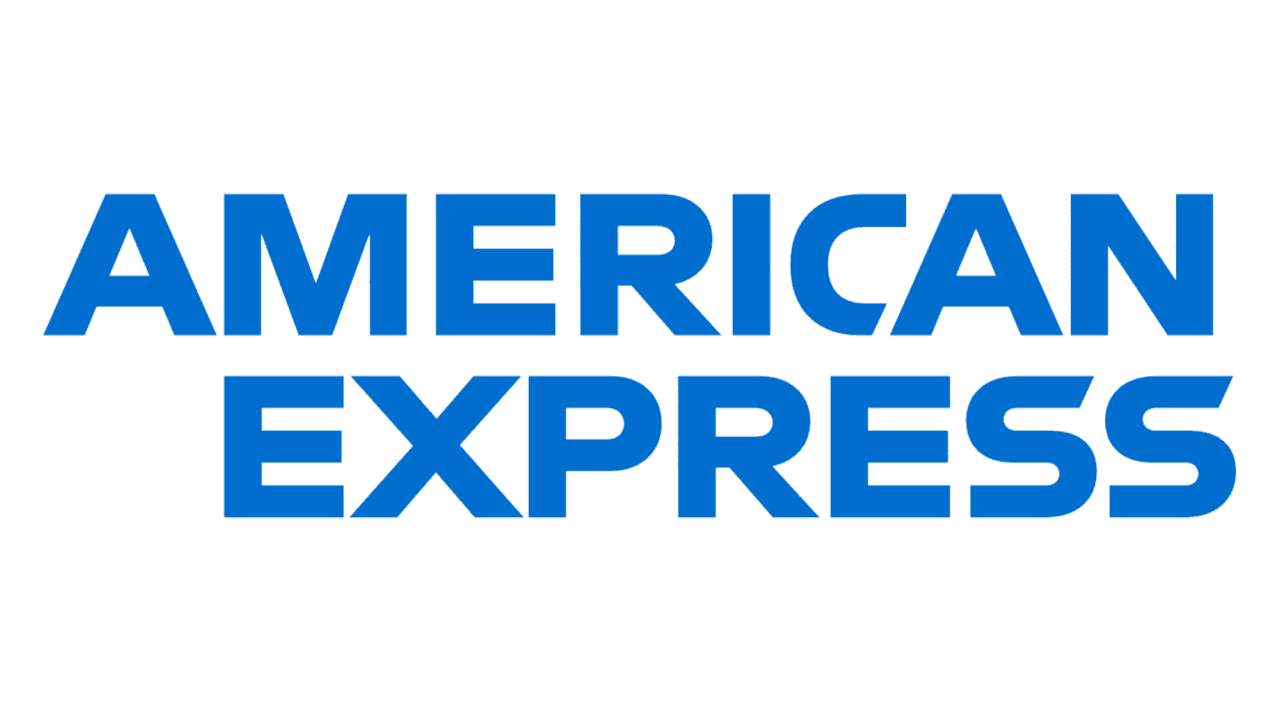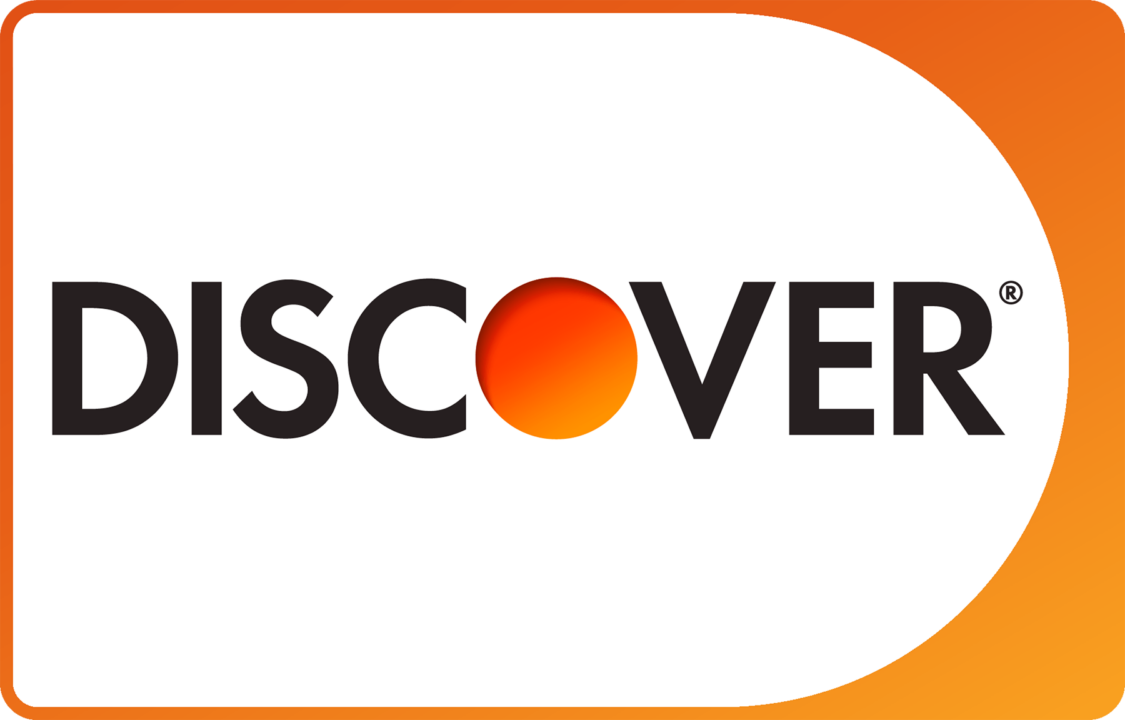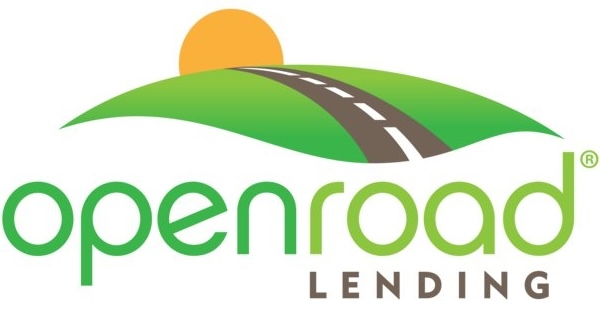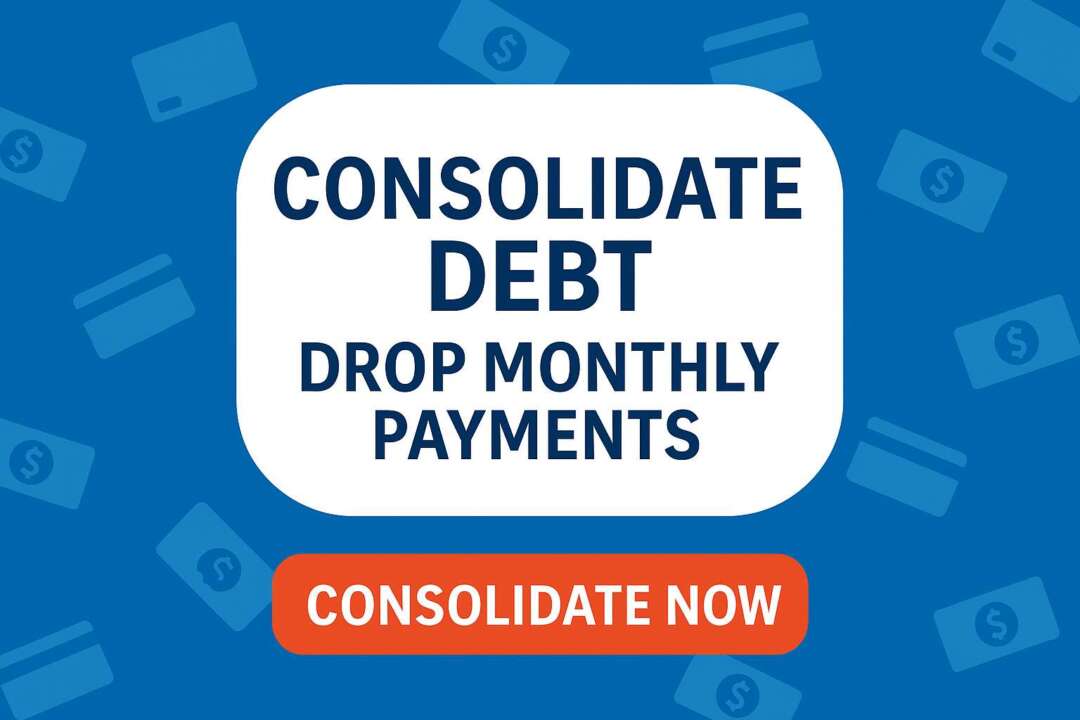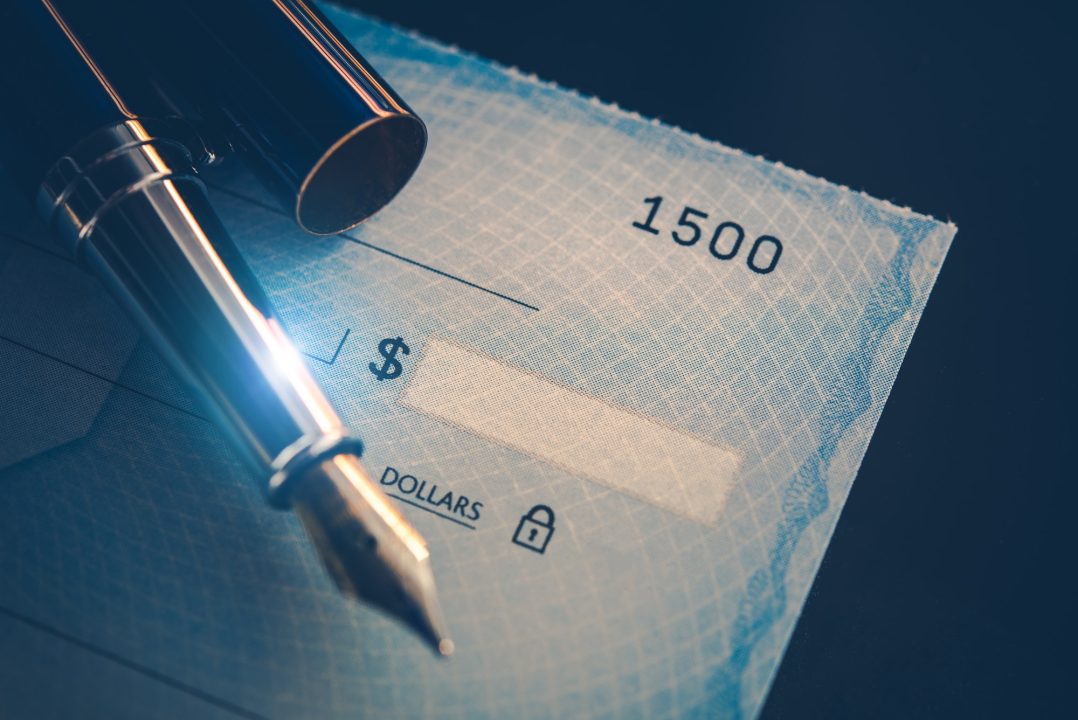
What is a checking account?
A checking account is a depository account with a bank or a credit union where you can keep money. Institutions design checking accounts to facilitate the high frequency transactions of daily living. People can use debit cards, personal checks, and other features that make regular management of their finances easy.
What is the main purpose of a checking account?
The main purpose of a checking account is to facilitate day-to-day financial transactions without having to carry cash. Checking accounts are extremely effective banking services that will allow consumers to store money they spend in an account and generally keep track of their day-to-day finances. They are also an extremely safe place to keep your money because the deposits are guaranteed by the federal government.
Checking accounts are not effective as long-term savings accounts or ways to invest money.
Do checking accounts have a minimum opening deposit?
While not all banks and credit unions require a minimum opening deposit for checking accounts, most do. Most minimums can be as low as $25 or around $100.
What are the types of checking accounts?
Banks and credit unions offer a broad range of features when it comes to checking accounts. No two checking accounts will be exactly the same. There are some broad categories of checking accounts, though, that you might consider.
Traditional checking account
Traditional checking accounts are the run-of-the-mill accounts that will provide debit cards, access to ATMs (automated teller machine), no limit to transactions, and safe storage of funds.
Premium checking account
Banks and credit unions will often offer premium checking accounts that have a broader range of features. Some of the features that might come with a premium checking account include:
- Free checks
- Free domestic wire transfers
- Overdraft protection services
- Discounts on other bank services
Student checking account
Banks and credit unions offer free checking accounts for teenagers and university students. These accounts may offer fewer benefits.
Interest-bearing account
An interest-bearing checking account will pay interest on the average balances on the account.
Business checking account
Checking accounts for small business may have a higher monthly fee. They also have a unique set of features tailored to business needs.
What are some common features of a checking account
Checking accounts are designed for the daily financial transactions of our lives and so there are a lot of different things that they can do. Depending on your lifestyle, needs, and financial behaviors, some of these features will be more useful than others.
ATM access
Access to free ATMs can be an important factor in which checking account you choose. This is especially if it is important to you to conduct most of your daily transactions in cash.
According to the World Bank, there are over 3 million ATMs (automated teller machines) in the world. Access to ATMs means ready access to the cash in your bank account. In the United States, there are around 470,000 ATM terminals. Not all ATMs are created equal, though. If you use an ATM outside of your bank’s network, you will pay a transaction fee that could be as expensive as borrowing from a payday lender. According to one study, Chase had the largest network of ATMs in the country. Followed by Bank of America, and Wells Fargo. Of course, you don’t need 17,000 ATM machines, you simply need the machines where you need them.
Debit card
All checking accounts provide a debit card. Debit cards are a great hybrid between using a credit card and paying cash. You get to make purchases through the convenient credit card payment processes, but the money comes directly out of your account like you were paying cash. The other benefit of debit cards is that they provide more fraud and theft protection compared to using cash.
When looking for a checking account, it’s essential to grasp the debit card policies, fees, and protections provided. This is particularly crucial if you rely on your debit card for payments.
Personal checks
Checking accounts get their name from the fact that using personal checks was the primary method of making purchases before the invention of the debit card. Those days are long behind us, but there might be reasons you want to use a personal check. Things like personal transactions or when a retailer does not accept cards. You could easily do without personal checks and be just fine. Especially with the advent of peer-to-peer payment networks (like Venmo and Zelle).
Overdraft protection
One of the most annoying aspects of modern banking is the prevalence of overdraft fees. The Consumer Financial Protection Agency says they total $15 billion dollars a year. Thankfully, more banks are providing features and services that will help consumers avoid the fees. Things like linking savings accounts to the checking account in case of non-sufficient funds (NSF) and grace periods for valued customers. When shopping around for a checking account, pay attention to the bank’s overdraft policy and how you can avoid them.
Mobile banking
Nearly all if not all banks and credit unions offer mobile banking with their checking accounts at this point. But that doesn’t mean that all of the experiences are equally good. When you are determining whether you should sign up with a new bank, you will want to read some reviews of the bank’s or credit union’s mobile banking app. Over 70% of consumers in the United States say that they would be comfortable opening a bank account online. So it’s fair to say that remote access to your checking account is more important than ever.
Rewards
To attract more consumers, banks are starting to offer rewards for checking account usage. The rewards could be cash back or airline miles for using the debit card. It could be free services that other banks typically charge for. Offering rewards for checking accounts is still fairly rare and limited mainly to premium accounts. It’s something to be aware of as you shop for your next checking account.
Interest
Some banks are beginning to offer interest on checking account balances, but mainly for premium checking accounts. Before you get too excited, though, you need to realize that the APY (annual percentage yield) offered is low enough that you might not earn enough for a cup of coffee in a given month…or year.
Fraud protection
Congress has passed laws that ensure that consumers have rights in the event of fraud to their checking account, but many institutions will implement policies that provide added protection. When you are shopping around for a checking account, keep an eye on the fraud protection policies. While you never want to have to use it, added fraud protection can make a bad situation much better.
Alerts
Alerts from your checking account can be part of the mobile banking experience. They are also part of the suite of features that constitute fraud protection. Even more they are a good way of just managing your day-to-day finances, especially if you are one of the millions of people who keep an eye on their bank account balances almost every day.
Early deposit access
Some banks and credit unions are beginning to provide early deposit access to their customers. This Is in an effort to provide better solutions to financial problems than they might get from a payday lender. This means that you might be able to access some or all of your paycheck before it posts to your account. The devil is in the details though. Some banks might impose limitations as to the frequency, amount, or the qualifications.
Money management tools
Banks and credit unions are trying to provide their customers tools that can help them manage their financial lives better. The tools could be anything from budgeting features to transaction reports. Savings tools like the ability to “round up” debit card transactions and move the excess into a savings account. If you value managing your money closely, review the money management tools of a checking account before you sign up.
Bank products
Holding a checking account can provide you access to a full range of other banking products. Things like getting a money order, wiring money, cashier’s checks, obtain discounts, or even priority when applying for a loan. As you consider a new bank or credit union think about what other bank products you may need. In the coming months and years, will your institution be able to help you.
How do I open a checking account?
Opening a checking account is a relatively simple process. You really only need three things to open a new checking account:
- Valid government ID, like a drivers license or passport
- Social security card or Individual Taxpayer Identification Number
- A minimum initial deposit (the amount needed will be based in the bank’s or credit union’s polices)
Why do I need an ID to open a checking account?
Government regulations require banks to “know their customers” in order to prevent fraud or funding terrorism. Using government IDs and social security numbers (or Individual Taxpayer Identification Numbers) is the way the banks fulfill this legal requirement.
What fees are common in checking accounts?
Not all checking accounts are the same. Checking accounts can have different fee structures, but the following are common types of fees they may have.
Maintenance fee
Checking account maintenance fees range from $5 to $25 dollars a month. However, most banks have ways of avoiding the fees. Things like maintaining a minimum daily balance, holding a loan with the bank, or even linking it to a savings account.
ATM access fees
Accessing your savings account through ATMs can cost as much as $4 per withdrawal if you are using an ATM machine that is out of network. Some banks have extensive networks of ATMs which results in no fee charged. Other banks will reimburse a certain amount of out-of-network ATM usage per month.
Overdraft or Non-sufficient funds (NSF) fees
When a charge comes into your account that you do not have the money for, you could be charged up to $36. There has been significant criticism about the practice. Banks and credit unions are looking for ways to eliminate the fee, but if the balances of your checking account regularly run down, this could cost a lot of money. The Consumer Financial Protection Agency reports that Americans pay over $15 billion dollars in overdraft and non-sufficient funds fees.
Account closure fee
In most circumstances, closing a checking account will not incur a fee. When banks do charge a fee to close an account it is because a customer closes an account within 90 or 120 days from opening it. The account closure fee is charged to discourage customers from opening and closing bank accounts just for the introductory benefits or to use accounts for exploiting other financial processes. The account closure fee for a checking account is usually around $25.
Low daily balance fee
Low balance fees are not commonly charged on checking accounts. These fees are usually charged for savings accounts, if they are charged at all.
Paper statement fees
Banks and credit unions discourage customers from asking for paper statements by charging between $1 and $5 per month for the printing and delivery of paper statements. Why do banks charge for paper statements? Banks can control the sensitive information on a bank statement better in a secured section on the website. Also, it costs the bank between $1 and $3 to print and mail a bank statement to you.
Returned item fee or bounced check fee
Banks and credit unions will often charge a returned item fee when a customer bounces a check. Bouncing a check is when a customer’s checking account does not have sufficient funds to cover a check or transfer. The returned item fee and the non-sufficient funds fee (NSF) are often interchangeable. Returned item fees are usually between $7-35 per instance.
Annual inactivity fee or dormant account fee
The account inactivity fee also goes by the names dormant account fee or dormancy fee. Banks might charge between $5 and $15 a month when an account has experienced no activity over a specified period of time. Banks don’t want the fee for inactivity. What they want is to avoid accounts that have no activity. This is because it triggers regulations that govern inactive accounts which costs them time and resources to manage.
Wire transfer fee
Wire transfer, also known as a wire payment, is a way of transferring money electronically. Up to $25 for domestic and up to $55 for international.
Money Order
A money order is a way of creating a check you can use for payment without including any personal information, like account number or name. As a service, some banks and credit unions will charge around $5 per check for cutting a money order.
Stop payment fee
In the event that you want to stop payment on something like a check or an ACH transfer before it goes through, the bank may charge you as much as $15-37 per instance.
Paper checks
Some premium checking accounts provide paper checks for free, but many others will require you to purchase them.
How do I waive my checking account fees? How can I get my monthly bank fees waived?
Each bank or credit union will offer different reasons why they will waive a checking account’s monthly maintenance fee. Some of the reasons we have found include:
- Maintaining a minimum balance: Maintaining a minimum balance can be on the checking account or the combined balance on all linked accounts, which might include savings accounts.
- Direct deposit enabled: Some banks may require that the direct deposit meet minimum thresholds like $250. This ensures a meaningful flow of money.
- Make a deposit: For low-cost checking accounts with few features, a bank may only require that a single deposit each statement period to be able to avoid the maintenance fee.
- Enrolled in a premium banking service: Banks make money in a lot of different ways. They do better if their customers do all their banking with at them. It is not uncommon for a bank or credit union to waive checking account fees if the customer is enrolled in their premium banking services.
- Have a loan with the bank: The bank may also waive monthly maintenance fees for a checking account if the customer has a mortgage or auto loan with them.
- Being a student or a minor: Banks will often provide free services to teenagers or students. They do it in an effort to build a relationship with them that will extend into their adult years. So, banks will often waive checking fees for minors and students.
- Being a senior citizen: Seniors have spent a life building wealth and financial experience. Banks like to cultivate a relationship with these customers. So, some banks will often waive checking fees for senior citizens.
What is posting order when it comes to my checking account and why is it important?
Digital banking has changed the nature and speed of the financial world. The vast majority of money movement is in digital form. That means that deposits and charges can hit your checking account unpredictably. The timing of credit posting and debit deductions in your checking account can determine if you incur an overdraft fee or bounce a check.
Some items hit your account with some predictability such as monthly fees. Others can hit all at the same time, like ACH transfers. When several items hit your account at the same time, the order that they are posted can result of overdraft fees.
Example of how posting order can cause overdraft fees to your checking account
The following is an example of why posting order is important. Suppose your checking account has $50 in it and the following debits and credits come through together during the nightly ACH batch:
- Deposit of $2550 from your employer
- Car payment: $300
- Debit card charge 1: $55
- Debit card charge 2: $30
Consider the following posting order and what the resulting balance would be under those circumstances:
| Beginning balance | Item | Item amount | New balance | Note |
| $50 | Debit card charge 1 | $55 | -$5 | Overdrawn results in a $35 fee |
| -$5 | Debit card charge 2 | $30 | -$35 | Overdrawn results in a $35 fee |
| -$35 | Car payment | $300 | -$335 | Overdrawn results in a $35 fee |
| -$335 | Deposit | $2550 | $2215 |
In this scenario, you have incurred $105 in overdraft fees. If the deposit had been posted first, you would not have overdrafted the account and would incur no fees.
What kinds of items debit or credit a checking account?
The following are categories of items that will debit or credit checking accounts:
- Deposits and credits
- Bank-initiated transactions, for instance corrections
- Client-initiated withdrawals and debits
- Client-initiated ACH withdrawals
- Client-initiated checks
- Bank fees
What is the difference between a checking account and a savings account?
Both checking accounts and savings accounts are depository accounts where you can safely store your money. Checking accounts are designed for handling daily financial transactions by offering access to debit cards and personal checks. Savings accounts, on the other hand, store money and accrue interest They usually have transaction limits which prevent them from being effective for day-to-day financial management.
| Checking account | Savings account | |
| Earns interest | Sometimes ➖ | Yes ✅ |
| Debit card | Yes ✅ | No ❌ |
| Personal checks | Yes ✅ | No ❌ |
| ACH transfers | Yes ✅ | Yes ✅ |
| Direct deposit | Yes ✅ | Yes ✅ |
| Transaction limits | No ❌ | Yes ✅ |
| Deposits guaranteed | $250,000 | $250,000 |
What are the advantages and disadvantages of a checking account?
There are many advantages to having a checking account, the most important being that they are designed for day-to-day transactions. Other advantages of having a checking account includes:
Advantages
- Access: Checking accounts are designed for easy access to the money without restrictions. You are unrestricted by how often you can deposit or withdraw money. A checking account’s primary advantage is its easy access to your money..
- Easy to manage money: While using cash for all your expenses can be a great way to minimize your spending, using a checking account’s features can help you keep track of your money and where it’s going. The transaction history of your checking account can be accessed for months after the fact.
- Direct deposit: Having income deposited directly into your checking account can give you quick access to your money.
- Bill pay: Setting up bill pay for recurring bills is a great advantage to modern banking. It helps you make sure that you never miss a bill and don’t have to spend hours a month organizing and paying your bills.
- Debit card: Many people are skeptical of credit cards. They are afraid that using credit cards will cause them to fall into debt. Checking accounts offer debit cards which are accepted at many of the same retailers as a credit cards. However, they are closer to paying in cash since the money comes straight out of your checking account.
- Online tools: Many banks and credit unions now provide money management tools attached to your checking account. They may categorize debit card charges and alert you when your balance is running low.
- Keep your money safe: If your bank or credit union is a member of either the FDIC or the NCUA, they insure money in your checking account up to $250,000 for individual accounts and $500,000 for joint accounts. This guarantees your deposits in case of bank failures.
Disadvantages
Checking accounts are designed for daily management of your financial lives. That means there are some disadvantages to them if you are using them for other purposes. Some of their disadvantages include:
- No interest: Money in a checking account doesn’t usually earn interest. That makes it less than ideal to store money that isn’t immediately needed. If you keep money in a checking account for years, you will find that the purchasing power of that money will decrease due to the impact of inflation.
- Fees: One of the biggest disadvantages of a checking account are the numerous possible fees. Hence, it’s especially important to shop around for the checking account that will be best for your circumstances. You don’t want to pay fees for features and services that you don’t need.
- Overdraft: Millions of people each year pay overdraft or non-sufficient funds (NSF) fees when a bill, transfer, or debit purchase attempts to withdraw but that there is not enough money to cover it. Americans spend billions of dollars on overdraft fees every year.
Is it good to have all your money in a checking account?
You want to avoid having all of your money in a checking account for two primary reasons. First, checking accounts don’t earn interest so don’t park your money there for any meaningful amount of time. Second, checking accounts are designed for day-to-day transactions. Having all of your money in that account can make it harder to save over time. If you’re saving for a particular goal, it’s more difficult to see your progress. Keeping your monthly budget money in your checking account can help you keep to your budget. Meanwhile, moving your savings into separate savings accounts can ensure that the money is put aside is used for its intended purpose. Click here to learn more about savings accounts.
Is it okay to save money in a checking account?
Saving money is always a good thing, but some places are better for storing your savings than others. Under your mattress is a notoriously bad place to keep your savings. Saving money in a checking account is a little better. That’s because at least it is federally insured against loss and fraud. Banks and credit unions often do not pay interest on the money stored in checking accounts. You are even better off moving your savings into a savings account, particularly a high-yield savings account. Another reason it’s not always wise to save money in a checking account is that you might feel tempted to spend those savings on regular monthly expenses instead of reserving them for their intended purpose. Putting it aside can be an effective strategy for protecting your savings.
Does opening a checking account impact your credit score?
Opening and maintaining a checking account does not directly impact your credit score. This data has no meaning on a credit report so banks and credit unions do not report it to the big three credit bureaus (Experian, TransUnion, and Equifax). The credit score modeling companies (FICO and VantageScore) only use the data in the credit report to calculate credit scores. There is no secret or unseen data in those models.
Indirectly, a checking account could help improve your credit score if you used its convenience to manage your credit accounts well, so long as those credit accounts are reported to the credit bureaus.
What is Zelle and how does it work?
Zelle is a peer-to-peer payment method that facilitates the easy transfer of money between individuals.
Why is Zelle attached to my checking account?
Zelle is jointly owned by Bank of America, Truist, Capital One, JPMorgan Chase, PNC Bank, U.S. Bank, and Wells Fargo.
Is your money safe in a checking account?
If your bank is a member of the FDIC or your credit union is a member of the NCUA (and frankly, almost all institutions are these days), balances in your checking account are guaranteed by the federal government. The coverage is for up to $250,000 on individual accounts and up to $500,000 for a joint account. This insures that you will not lose any of those balances if the bank or credit union fails.
How do I keep my checking account safe?
Because checking accounts are the hub of all our day-to-day finances, it’s crucial that you keep it safe.
- Use strong passwords: It sounds cliche, but you absolutely should have a strong, unique password for the online access to your checking account. Do not use the same password for any other website to minimize the chance that a leak of a separate website will lead to a breach of your checking account.
- Never share your PIN: Thieves need two things in order to steal money from your checking account: your debit card and your PIN (personal identification number). Under no circumstances should you ever share your PIN with anyone else.
- Understand your bank’s fraud support: Most banks and credit unions offer fraud protection services and will react very quickly if you report fraudulent activity. Make sure you understand what those policies are so you know how you are protected.
- Don’t access your online bank portal on a public computer: The convenience of online banking can simplify your life and allow you to monitor your finances much more closely than people could in the past. Modern Internet browsers often save passwords as a convenience for their users, so you should be wary of accessing your checking account using a public computer.
Keep a close eye on your accounts
The sooner you see something wrong on your account, the faster you can contact your bank or credit union. Many anti-fraud features can help protect you, but they will always be more difficult the longer it takes you to notice the problem.














